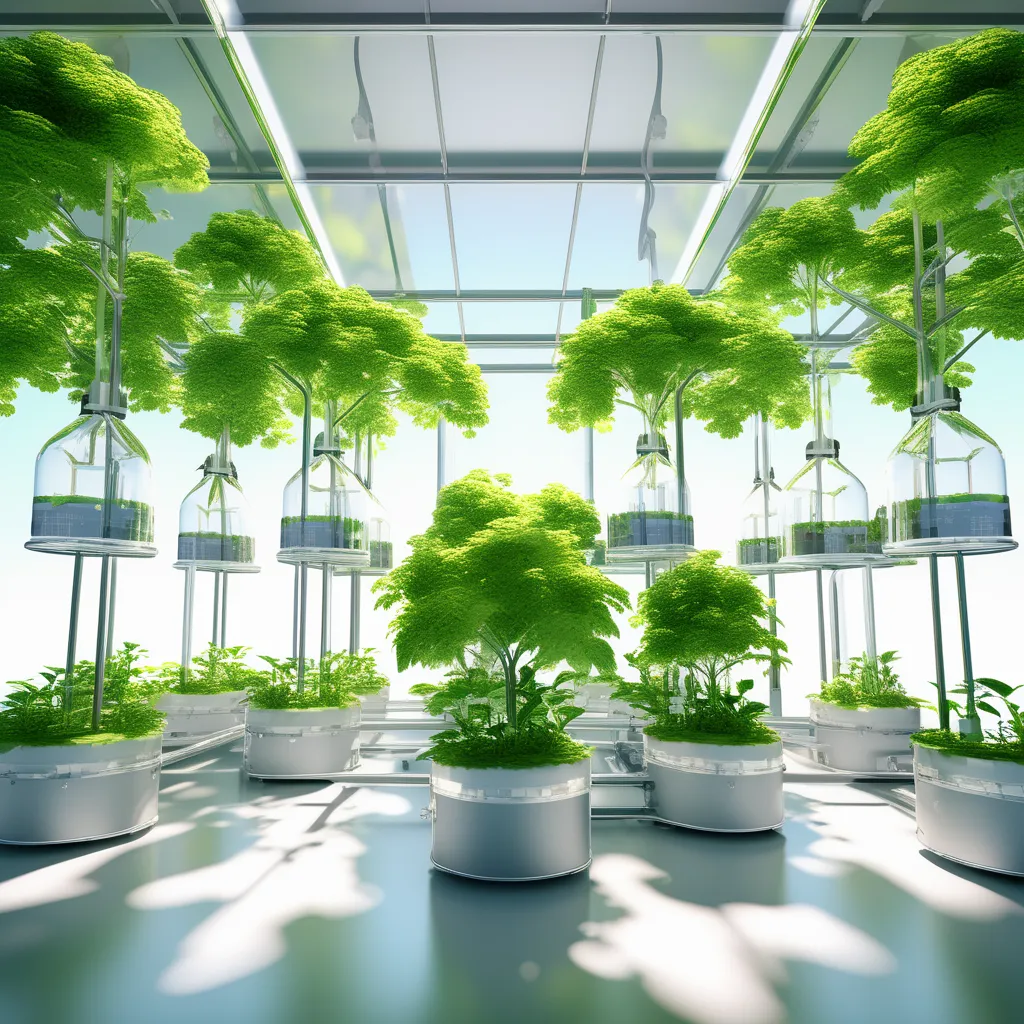Major Advance in Artificial Photosynthesis for Fuel Production
Picture a world where we can harness the power of sunlight to produce clean and sustainable fuel, reducing our reliance on fossil fuels and combating climate change. This vision is getting closer to reality, thanks to a major advance in artificial photosynthesis for fuel production. In this article, we'll dive into this exciting breakthrough, explore its implications, and even share some personal reflections along the way.

A Personal Connection
The urgency of addressing climate change has been a topic of concern for many, including myself. The desire to find cleaner and more sustainable energy sources has driven innovation in various fields, including artificial photosynthesis.
The Energy Challenge
Our current dependence on fossil fuels has far-reaching environmental consequences, from greenhouse gas emissions to air pollution. Finding alternative sources of energy is a pressing global challenge.
1. The Need for Renewable Energy
Renewable energy sources like solar and wind power have made significant strides but still face limitations, such as energy storage.
2. The Promise of Artificial Photosynthesis
Artificial photosynthesis holds the promise of converting sunlight into storable and transportable fuels, addressing some of these limitations.
3. A Sustainable Future
A breakthrough in this field could lead to a more sustainable and environmentally friendly energy landscape.
The Breakthrough: Efficient Fuel Production
The major advance in artificial photosynthesis revolves around significantly improving the efficiency of fuel production from sunlight.
1. Mimicking Nature
Artificial photosynthesis mimics the natural process by which plants convert sunlight, carbon dioxide, and water into energy-rich carbohydrates.
2. Enhancing Catalysts
Researchers have developed new catalysts that can speed up the chemical reactions involved in fuel production, making the process more efficient.
3. Scalability and Practicality
These advancements bring us closer to scalable and practical artificial photosynthesis systems that can be deployed on a large scale.
Personal Reflection
As I think about the potential of artificial photosynthesis, I'm reminded of conversations with friends and family about the importance of clean energy solutions for our planet's future.
Personal Connection
The excitement and hope in these conversations mirror the optimism surrounding breakthroughs in artificial photosynthesis.
The Path to a Greener Future
The major advance in artificial photosynthesis offers a promising path toward a greener and more sustainable future.
1. Reduced Carbon Footprint
By producing clean fuels, artificial photosynthesis can significantly reduce our carbon footprint.
2. Energy Storage
The ability to store energy in the form of fuels enables a reliable and continuous energy supply, even when the sun isn't shining.
3. Addressing Energy Challenges
Artificial photosynthesis can help address energy challenges in transportation, industry, and more.
Personal Optimism
As I reflect on the progress in artificial photosynthesis, I'm filled with optimism about the potential to transition to cleaner and more sustainable energy sources.
Challenges Ahead
While the breakthrough in artificial photosynthesis is exciting, there are challenges to overcome.
1. Cost and Scalability
Making the technology cost-effective and scalable for widespread use is a significant challenge.
2. Integration
Integrating artificial photosynthesis systems into existing energy infrastructure requires careful planning and investment.
3. Public Awareness
Raising public awareness about the benefits and potential of artificial photosynthesis is crucial for its acceptance and adoption.

A Brighter Energy Future
The major advance in artificial photosynthesis is a beacon of hope in our quest for a brighter and more sustainable energy future.
A Shared Vision
It's a shared vision that unites scientists, researchers, policymakers, and concerned individuals around the world.
In conclusion, the progress in artificial photosynthesis for fuel production is a testament to human ingenuity and our commitment to addressing the challenges of our time. It offers a ray of hope in the fight against climate change and the transition to cleaner energy sources. As we celebrate this breakthrough, let's also work together to overcome the challenges and move closer to a greener and more sustainable future.

No comments:
Post a Comment